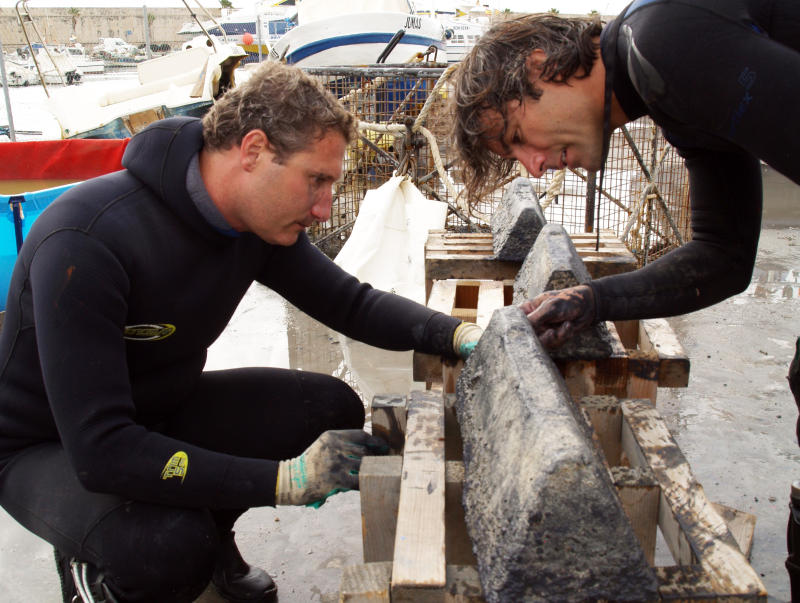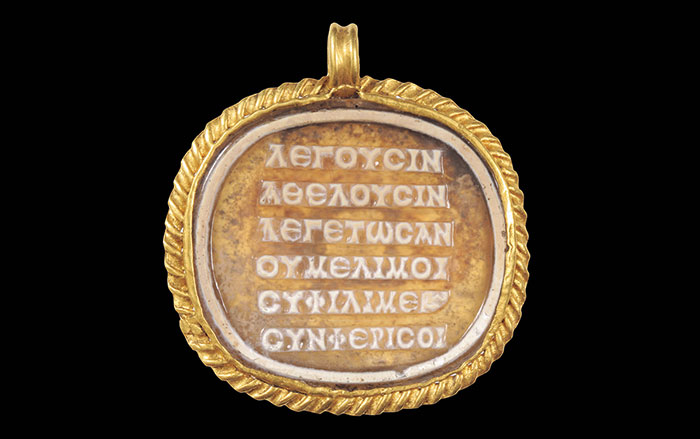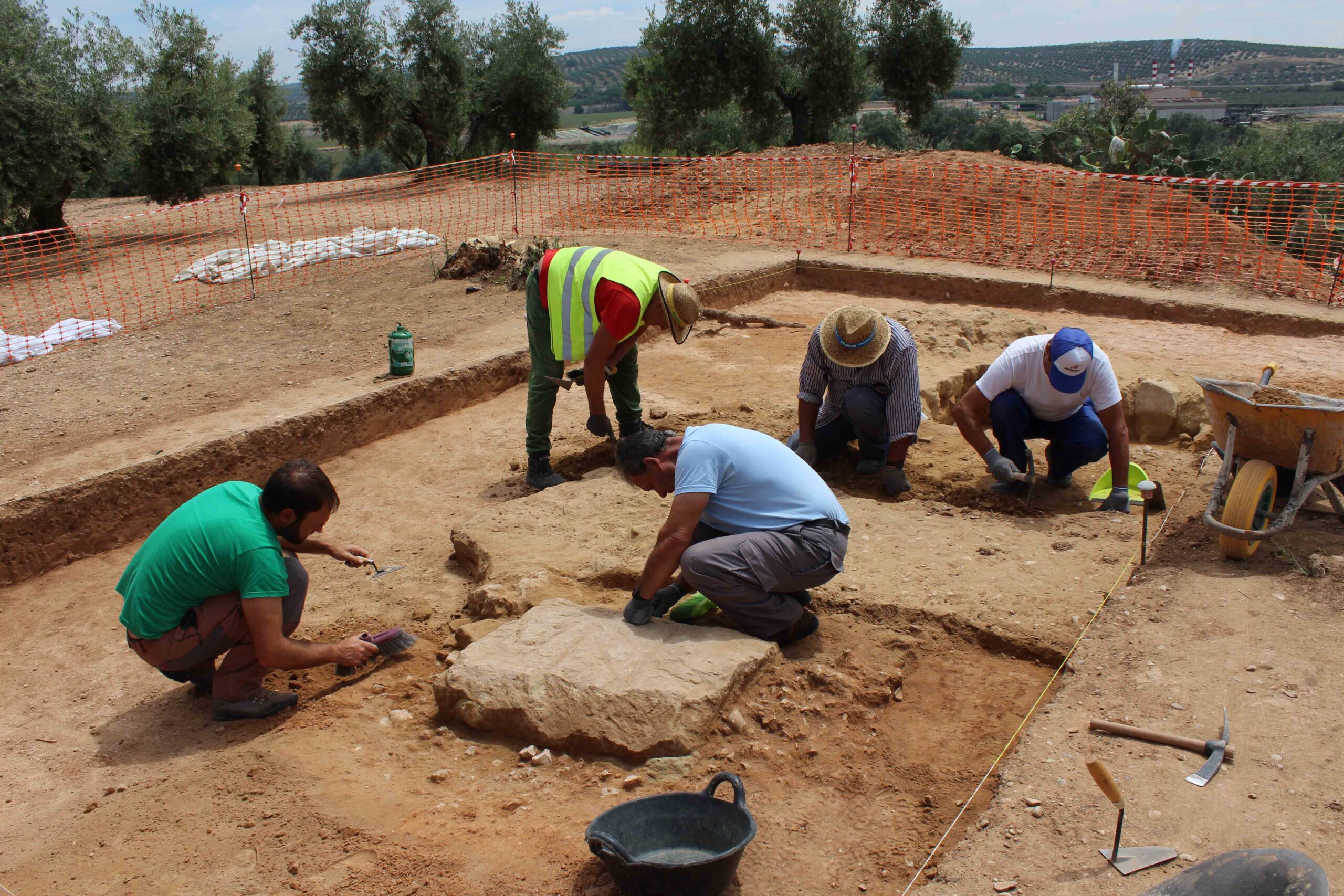
BIRMINGHAM, ENGLAND—Roman lead, once used for making currency, weaponry, and construction materials, is at the center of a spat between archaeologists and physicists. Ingots made of the older lead, which has already decayed is pure, heavier, and less radioactive than its modern equivalent, are typically found in Roman shipwrecks. It is melted into bricks that often ends up in the hands of physicists who find it to be ideal material for experiments involving dark matter. The lead is a perfect shield for detectors that look for dark matter and other rare particles because of its lower radiation levels—on the order of 1,000 less noise than modern lead. The material is currently employed in the Cryogenic Dark Matter Search (CDMS) experiment taking place in Minnesota and in an Italian effort, the Cryogenic Underground Observatory for Rare Events. "Are these experiments important enough to destroy parts of our past, to discover something about our future?" says archaeology graduate student Elena Perez-Alvaro of England's University of Birmingham.









